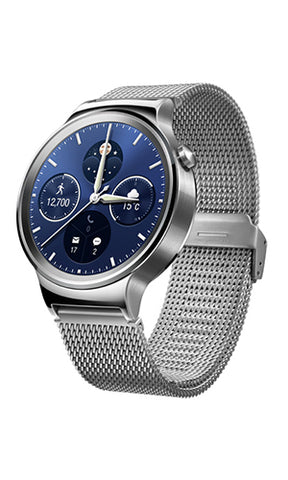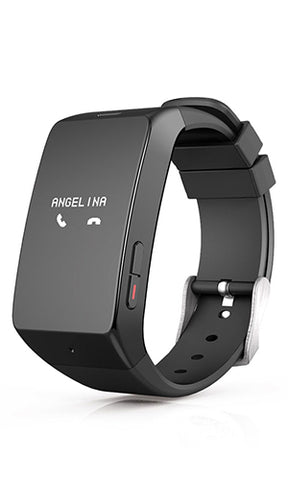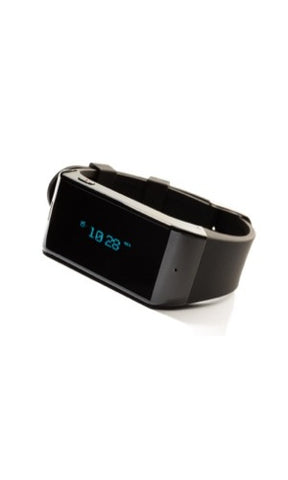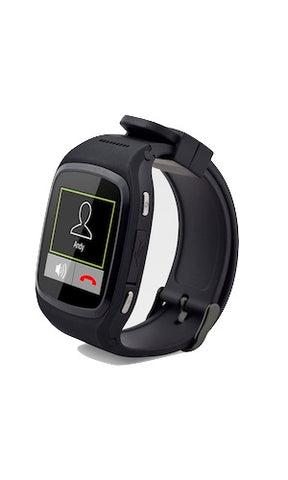5-Tiles Keyboard Targets Wearables
Written By
Wearables.com
5-Tiles began with the simple idea of wanting to improve the keyboard on mobile phones, and after a few short years after its original conception, the team behind the London-based startup believe they have done just that.
The new keyboard approaches typing from a different angle than traditional QWERTY keyboards or even the newer keyboard Swype. The concept is surprisingly simple: take the alphabet and organize it alphabetically into 5 keys, and then use tapping and sliding to access each letter. The most common letters and the space bar are underlined, making them tappable, while the rest of the letters are accessed through sliding until the desired letter is reached. With such simple gesturing, the keyboard really is meant to be used with only one hand, or one finger to be even more specific. Even still, the average user types 30-40 words per minute (wpm), with the fastest user typing over 100 wpm, hardly making it a slow keyboard.
While originally designed for the mobile phone, the sudden rise in wearable devices has opened a new medium for the use of 5-Tiles, making it a perfect alternative to voice-commands. With smart watches and smart glasses, the one hand gesturing works perfectly for the smaller screens, giving more variety to the method of input. Hoping to further their impact on wearables, 5-Tiles recently tacked on Nokia ‘Nav Key’ inventor Christian Lindholm as an investor and advisor. With the addition of Lindholm, the company hopes to find new footing for the prototyping of new formats and form factors for wearables.
5-Tiles is currently available for Android devices on Google Play, and has a 4.7 / 5 star rating. For more information, check out their website.
Video: 5-Tiles.
The post 5-Tiles Keyboard Targets Wearables appeared first on Wearables.com.
Tags: Android Smartwatch, Apps, Bluetooth Watches, Digital Watches, iOS Smartwatches, Smartwatches




